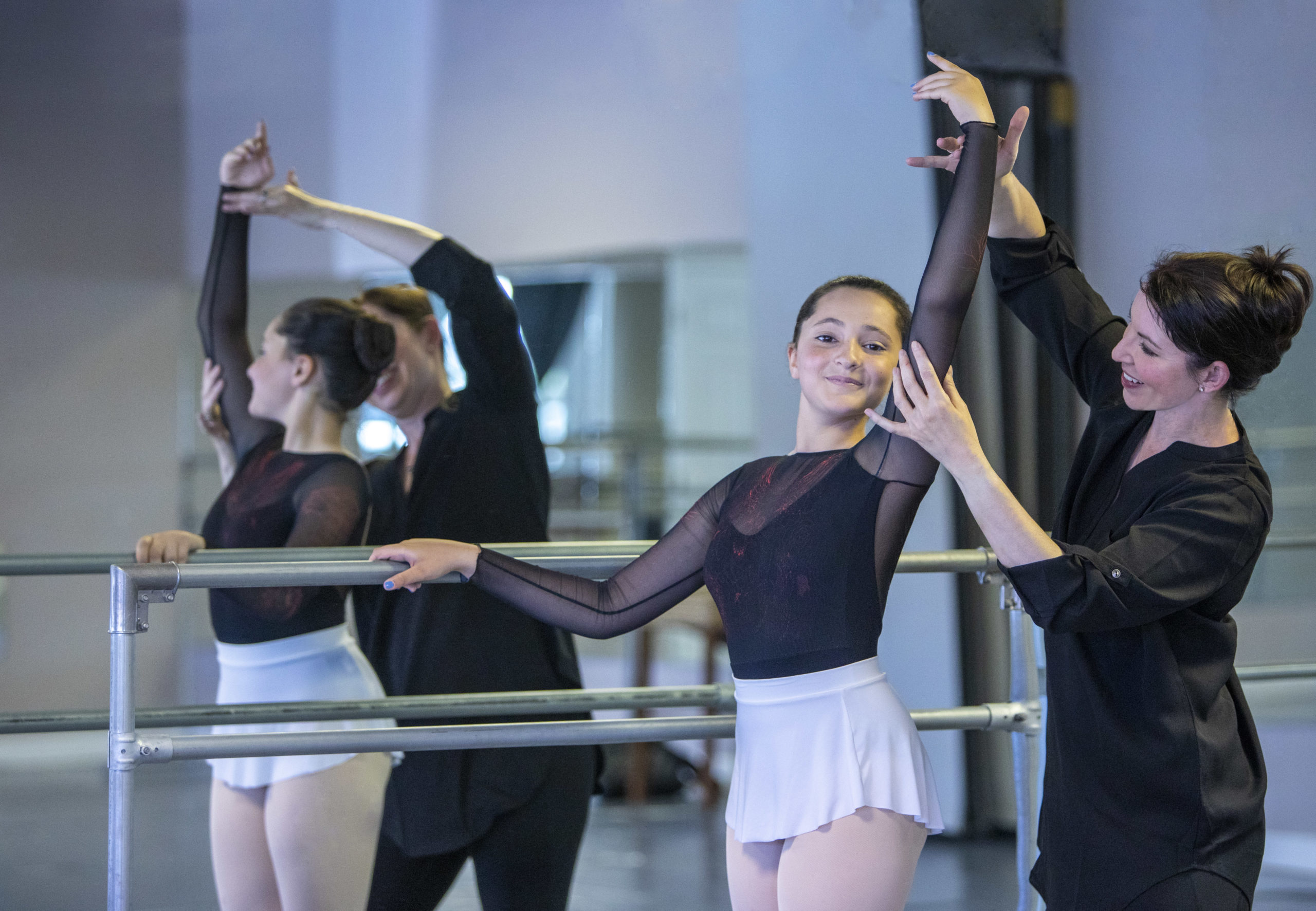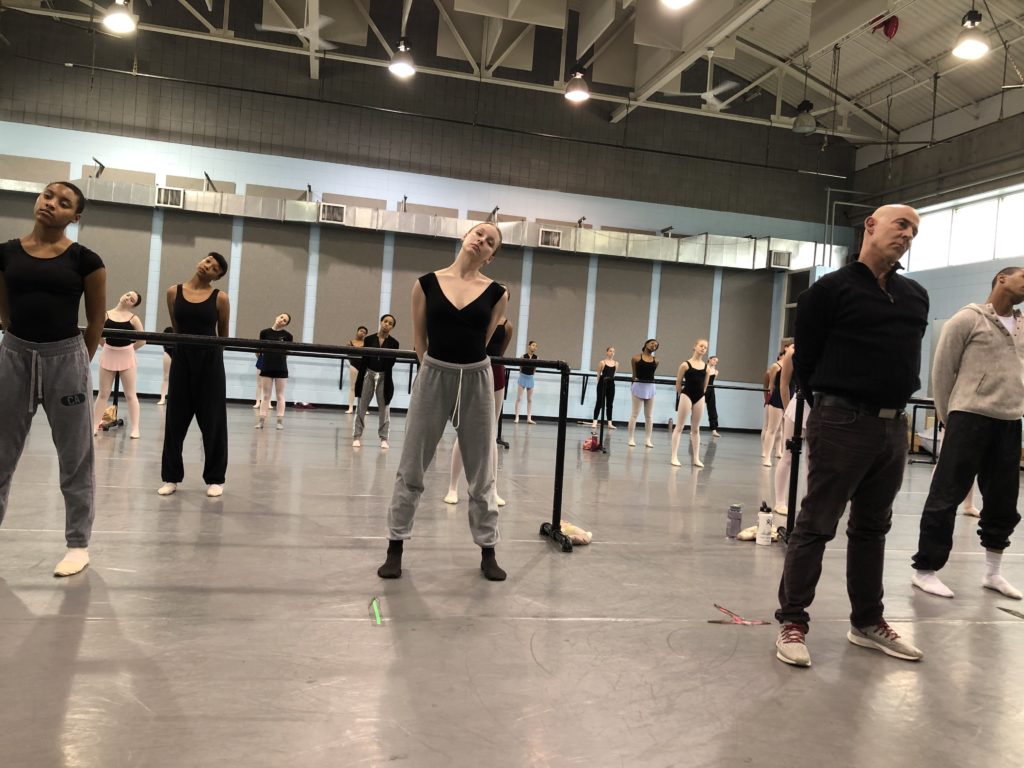
After a dance year characterized by resilience, adaptation and perhaps a bit of burnout in the face of COVID-19, many dance studio owners and educators may be wondering what’s next. With pandemic restrictions beginning to lift and a sparkly new dance year glimmering on the horizon, this summer is the perfect time to hit refresh on your approach to teaching.
That’s where Revolutionary Principles of Movement (RPM) comes in. RPM’s comprehensive dance training curriculum empowers dance educators with the tools they need to supercharge their students’ progress in a healthy, safe and effective manner. And it’s backed by tried-and-true principles from the worlds of anatomy, kinesiology and physics.
RPM founding director Cheryl Ale and master teacher Amy Lowe joined Dance Teacher for a webinar outlining the program’s foundational four-week training course, and how educators can utilize this program to help ”change ballet for the better.” Watch the full recap below, and read on for the highlights.

14 Principles that Get To the Point
RPM’s holistic approach to dance training centers on 14 Principles of Movement. According to Ale and Lowe, these principles merge science and dance into concise concepts, which teachers can apply to correct practically any technical issue they see their students struggling with. For example, during the webinar, Lowe demonstrated how one principle, “the zipper,” is a helpful cue in correcting several postural alignment issues at once for one of her young ballet students.
RPM’s holistic approach to dance training centers on 14 Principles of Movement. According to Ale and Lowe, these principles merge science and dance into concise concepts, which teachers can apply to correct practically any technical issue they see their students struggling with. For example, during the webinar, Lowe demonstrated how one principle, “the zipper,” is a helpful cue in correcting several postural alignment issues at once for one of her young ballet students.
“Having a thorough understanding of the 14 Principles is a game changer, because you’ll be able to communicate what once may have taken a long discussion with a simple one-word cue,” Lowe shared.
According to Ale, the benefits of codifying your approach into these 14 all-encompassing principles extend past your own success as a teacher. “Having a firm grasp of RPM’s teaching method can align and sync all of the various teachers at one studio. And having an entire faculty on the same page is huge,” she said.

Flexibility for You and Your Students
From its founding days, RPM’s curriculum was designed to nurture and develop every dancer, regardless of body type, age, skill level or future aspirations. “Our goal is to train your eyes to look at the student from a holistic standpoint, and help them, within their unique physicality, create the best possible results,” Lowe said.
RPM boasts equal flexibility on the teacher’s side, as well. The Level One Certification, which covers the 14 Principles and lesson planning for students in levels Pre-ballet through Ballet 5, is currently broken into four modules, which participants can access anytime, anywhere. While the next round of the course is set to begin on July 29, the folks at RPM are ready to start whenever it works for you. After completing each module, either Lowe or Ale meet one-on-one with participants to answer any questions and help them reflect on applications of the material within their unique teaching setting.
Whether you’re a veteran looking for that level-up factor for your current syllabus or a brand-new teacher starting out, “RPM doesn’t require you to ‘switch’ what you’re already doing. The principles can stand alone, or beautifully align with any existing curriculum that you have,” Ale explained.
More Than Just a Certification
Becoming certified is just the beginning when it comes to RPM. Certified teachers become part of a global community of dance educators who are eager to share their boots-on-the-ground knowledge and expertise with each other. Plus, Ale and master teachers Lowe and Wes Chapman are always a message away, in case you need a second opinion on a lesson plan or are unsure on which principle applies to a problem. “Instead of the outcome of passing an exam at the end, our outcome is making sure that teachers have a solid understanding of how RPM works, and can use the principles to their fullest potential,” said Lowe.
If you’re interested in learning more about RPM, visit https://rpm.dance/.



